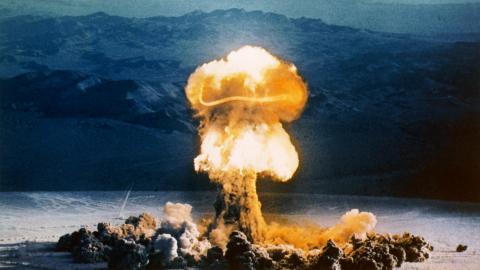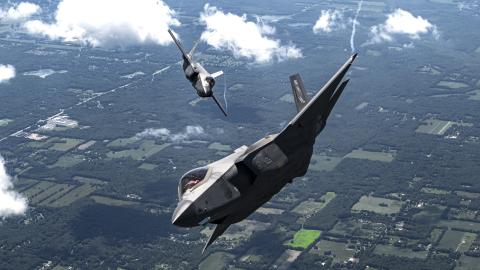Executive Summary
- Heavy Russian airstrikes: Russia pounded Ukraine with hundreds of missiles and drones between May 24 and 27.
- Battlefield assessment: The Russian military maintained its offensive footing, exerting heavy pressure on Pokrovsk and Toretsk.
- The end of range restrictions: German Chancellor Friedrich Merz indicated that Berlin and other partners have removed the range restrictions on weapons they send to Ukraine.
- Moscow and Pyongyang further increase cooperation: North Korea and Russia are constructing a cross-border bridge to facilitate arms shipments between the two countries.
1. Battlefield Assessment
Between May 24 and May 27 Russian forces launched a series of massive aerial strikesagainst Ukraine, featuring hundreds of missiles and drones. The strike packages included Russian Iskander and North Korean KN-23 tactical ballistic missiles, Kh-101 and Kh-59/69 cruise missiles launched by Tu-95 and Tu-160 strategic bombers, Kalibr naval cruise missiles, and Kh-22 anti-ship missiles launched by Tu-22M3 tactical bombers.
The attacks targeted most regions of Ukraine. In retaliation, Ukraine hit targets deep inside Russia, including the city of Tula. Ukraine also targeted the area around Alabuga in the Russian Republic of Tatarstan, which hosts a joint Russia-Iran drone plant that manufactures Shahed-baseline loitering munitions.
On the ground the Russian military maintained an offensive footing. Its progress in the border region of Sumy and its recent attacks on Pokrovsk have proven particularly worrying for Ukraine. Russian forces also exerted heavy pressure on Toretsk and in the directions of Siversk and Lymansk.
Motorcycle troopscontinued to operate in tactical roles in multiple areas. In at least one sector, the Ukrainian military employed multiple-launch rocket systems (MLRS) equipped with cluster munitions to halt Russian combat formations. The Ukrainian Air Force also continued to fly combat sorties using munitions supplied by its Western partners.
2. Berlin Lifts Range Restrictions on German-Supplied Weapons
German Chancellor Friedrich Merz stated on May 26 that “there are no longer any range restrictions on weapons delivered to Ukraine—neither by the British nor by the French nor by us nor by the Americans.” Merz did not mention Germany’s Taurus missiles, but his comments revived Kyiv’s long-held hope that Berlin may reconsider providing Ukraine with the system.
Merz’s predecessor, Olaf Scholz, opposed giving Kyiv Taurus missiles. The United Kingdom and France have supplied Ukraine with Storm Shadow/SCALP-EG air-launched cruise missiles, which possess a range of about 150 miles. The United States has also provided Kyiv with the Army Tactical Missile System (ATACMS). Since November 2024 Washington has allowed Ukraine to use these missiles to strike targetsinside Russia.
The Taurus KEPD-350, the result of a joint venture between Saab Dynamics and MBDA Deutschland, is an ideal weapon to neutralize high-value stationary targets. The missile system flies just 160 feet above the ground—low enough to breach common air defenses. It also has a dual-stage, 1,000-pound warhead system known as MEPHISTO, which uses a smart fuse that can eliminate hardened and layered structures. The Taurus’s operational range of 300 miles and its stealth design would pressure Russian air defenses more than Ukraine’s current missile systems. The system could even help target the Kerch Bridge, a critical artery between Russia and the occupied Crimean Peninsula.
3. Russia and North Korea Are Building a Cross-Border Bridge
Open-source intelligence revealed that North Korea and Russia have begun construction on a cross-border bridge connecting the two countries. The bridge is being built near an existing rail line that has been used to transport North Korean munitions to Russia. The construction project is one of several ventures aimed at fortifying the nations’ alliance, which has become significantly closer since Russia’s full-scale invasion of Ukraine. Available imagery reveals that construction crews on both sides of the border have already made considerable progress. The project is on track to be completed by mid-2026.




















